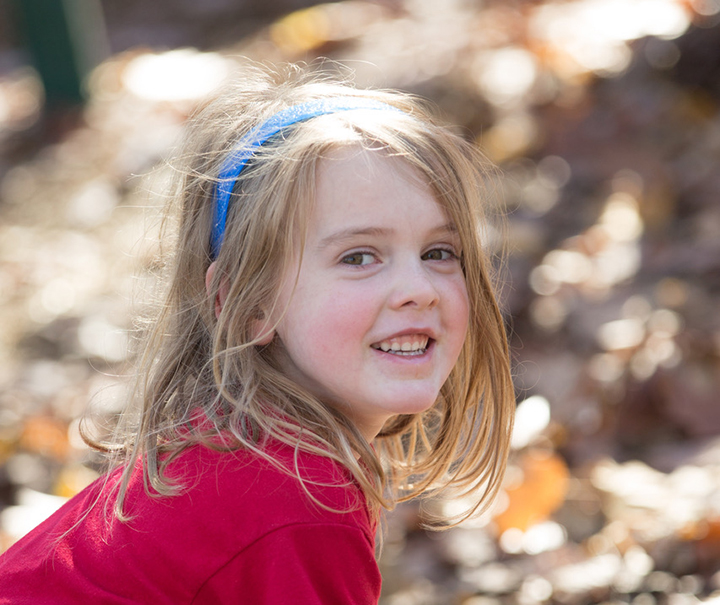By Andrea Laird
In the first week of December we will kick off our Annual Food Drive to benefit the Idaho Food Bank. Each year as the holiday season approaches I am faced once again with the question of how to explain to children about charity and why some children have to go without.
I have thought a lot about this over the years and talked to a lot of parents and definitely come to this one conclusion. Charity, or at least the concept of it, does begin at home. Each family must decide how to explain and act on what they want to do, in the realm of charity. Some may tithe to the church, have children place money in a collection plate or Salvation Army bucket, or help out at a community event. These acts may just be absorbed into the family culture and explanations of “why” may come much later as children grow.
Children may or may not have an idea that parents donate to a specific charity of choice. However, acts of charity (such as sharing or helping) are almost always encouraged in the home setting and may help set the ground work for doing more in the bigger community.
Now comes the part that was difficult for me as a parent – not the acts of charity but the explanations and answers to the childish questions. These were the hardest to answer and fraught with pit falls that could set off a way of thinking I definitely wanted to avoid. If, for example, you take a toy to the Toys for Tots or put one under the tree at the mall, the question from a child could be, “Why can’t Santa (if that belief is in the family) give them toys?” Or the conclusion might be from a child’s perspective, “If only good children get toys from Santa then children who are in need must be bad.” Ouch! The answers that we as parents might give that “their parents don’t have enough money to buy presents” may be met with – Why? “They don’t have jobs that pay enough to buy toys.” Why? “The children don’t have parents to buy things for them.” Again, why? And most importantly, “can that happen to our family, to me.”
Keeping children psychologically safe while still trying to instill charitable family values can often feel like a tight rope act. Simple explanations for the very young child are usually best. Checking in with children to try to learn what they understand about giving is always a good idea, if done subtly. When children are older, planning for and carrying out acts of charity provide opportunities for discussion. Building on the older child’s more sophisticated knowledge of the world helps with a growing understanding of charity and the situations that make it necessary.
The age of the child is a major factor. For example, when I gave money to a Vietnam Vet on the street in San Francisco, my three year old son asked, “Why did you give him money, Mummy?” I started to launch into a long explanation about politics and war and – Blah Blah Blah. “Huh?” That was too much information, but this worked better: “Because he’s hungry and needs to buy some food.” “Oh, okay, can we ride the streetcar now?” End of story – for now.
At twenty-three he can understand my political views and make his own choice on whether he agrees or not and act accordingly. But one thing that our family agrees on is that small acts of charity have value, as do larger ones. Saving the big explanations for the years when understanding of the world is much more developed may serve your child best.
Your family culture and value system will dictate how you deal with the concept of charity, the questions that it generates, and the answers you will give.

